It might seem a bit incongruous that an upscale steakhouse would offer chili on its regular lunch menu, especially so if it is named Vallone’s. But, given that Vallone’s sibling, Tony’s, the grand dame of Houston dining for over four decades used to serve chili – if not necessarily seen on a printed menu – it is not too surprising. And, it is pretty good chili at Vallone’s, too, as you might expect.
The chili at Vallone’s is your basic bowl of Texas chili: it arrives as an undulated sea of brown gravy with identifiable and sometimes good-sized chunks of beef. No beans or tomatoes, of course. This is just like a straightforward chili you might make at home, just with much better beef. Vallone’s uses the trimmings from the expensive USDA Prime steaks – just filets the other day – that are cut away so the steaks will have a more attractive plating. The result is a beefier version of Texas chili with stew-sized pieces of Prime beef. Fitting of the quality of the meat, the chili arrives in a copper pot and then is ladled into a white bowl at your seat. It comes with four small containers, one filled with diced jalapeños, another with minced red onions, a third with shredded orange cheddar and the last with Fritos.
At $14, the good-sized portion can make for a very satisfying and hearty lunch, especially when the weather drops below 70 as it has done a few times recently and might do more so as winter officially starts tomorrow.
Vallone’s
947 Gessner (at I-10), 77024, (713) 395-6100
valloneshouston.com



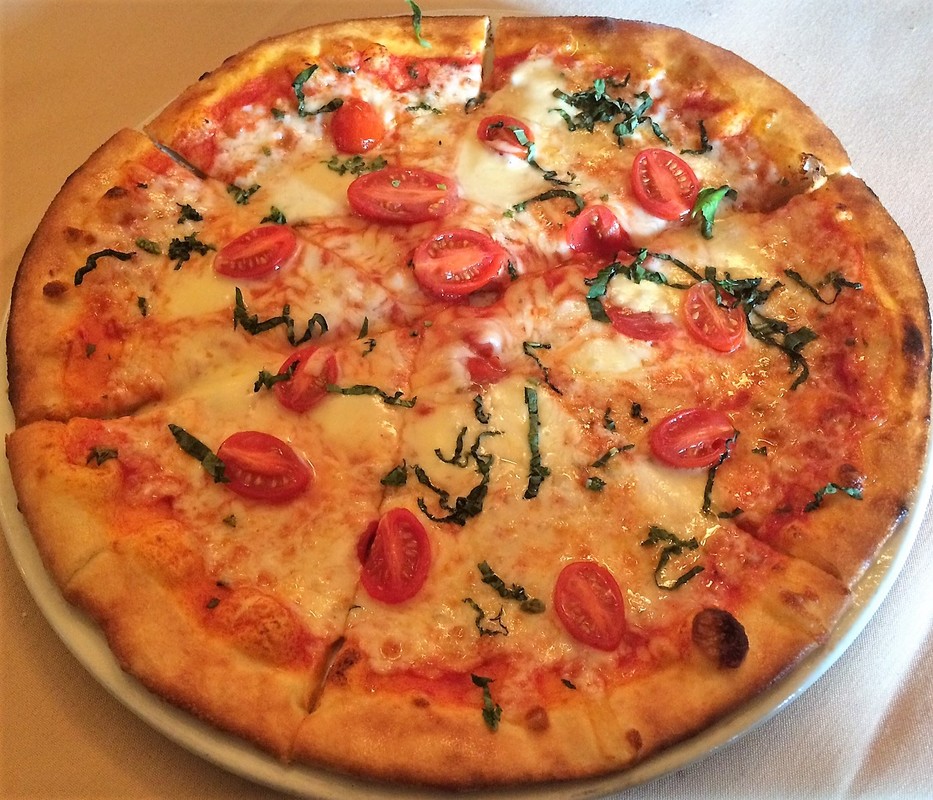
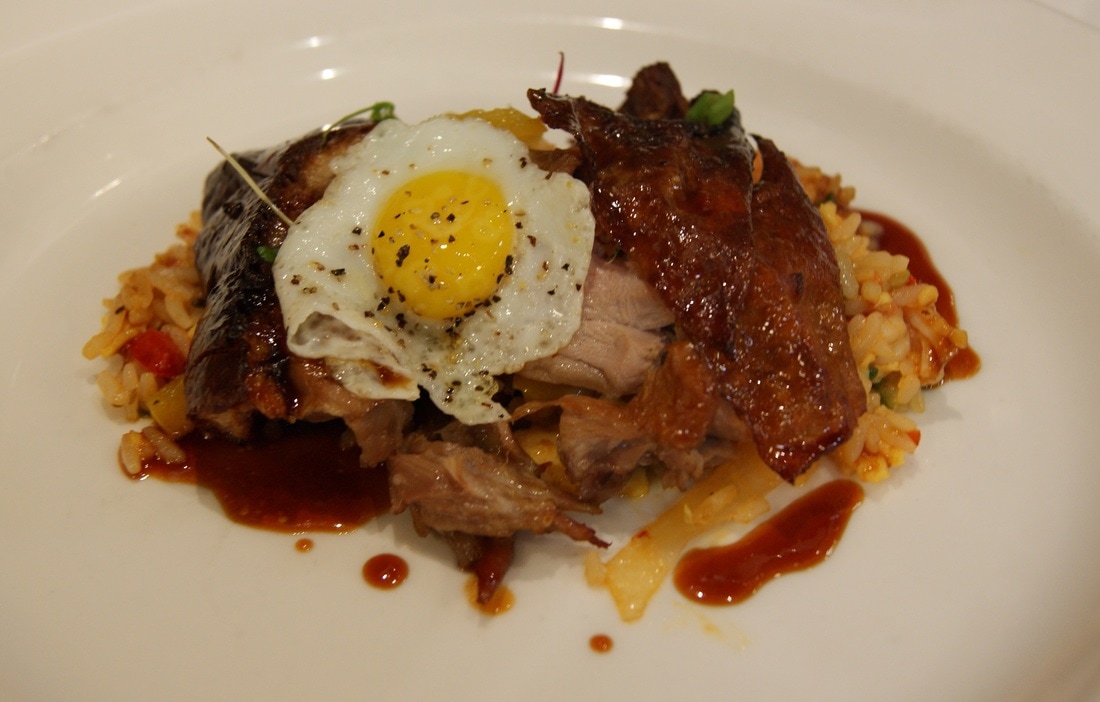
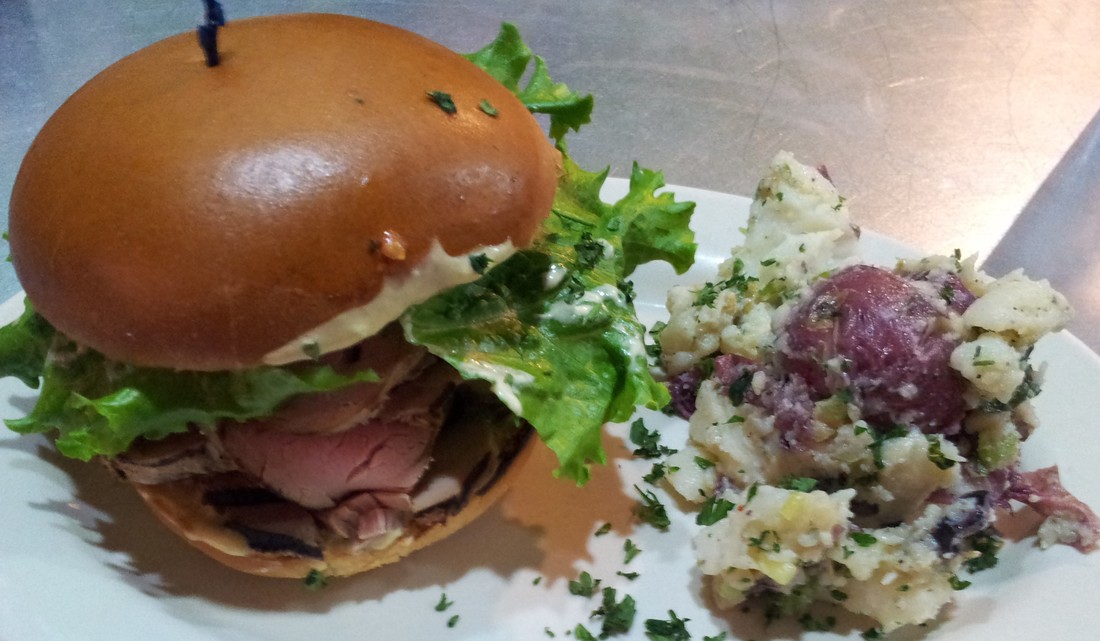
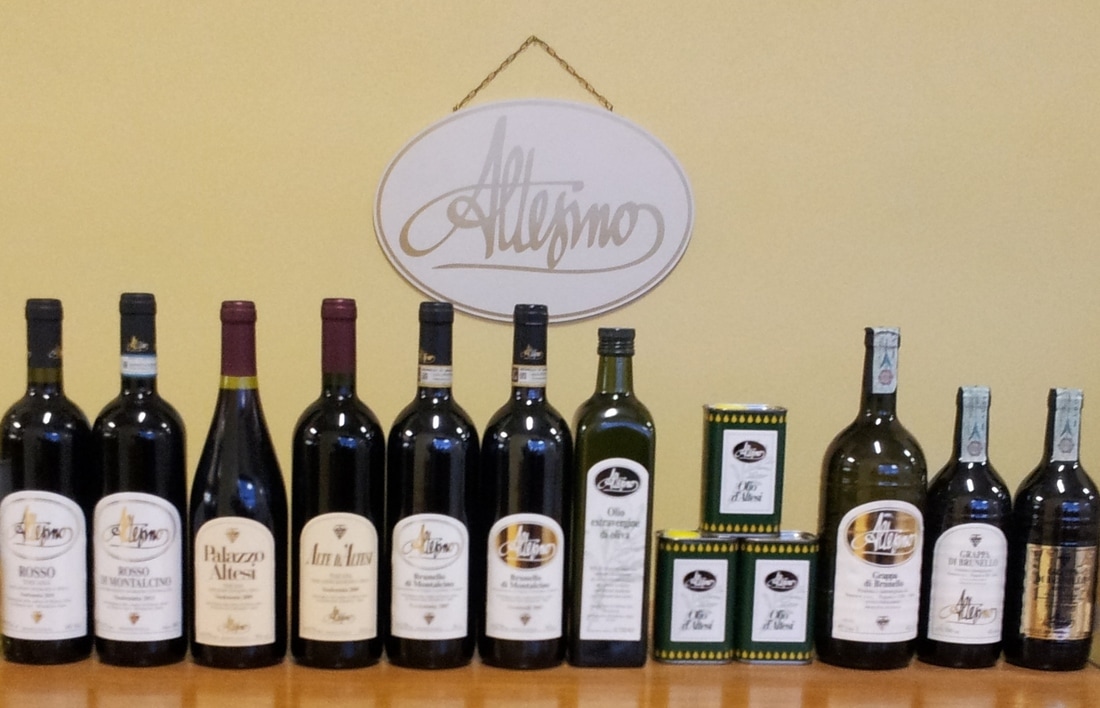
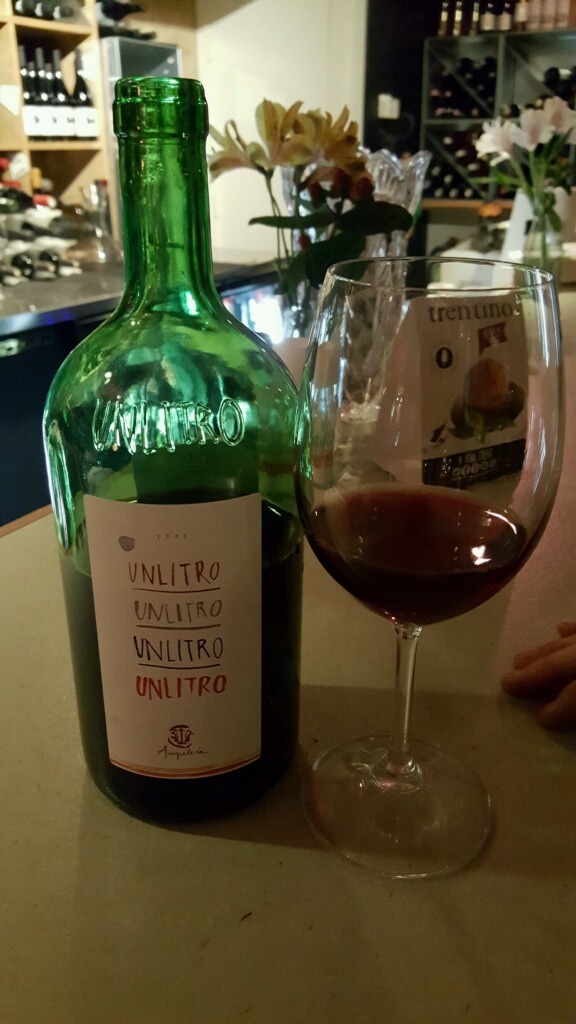
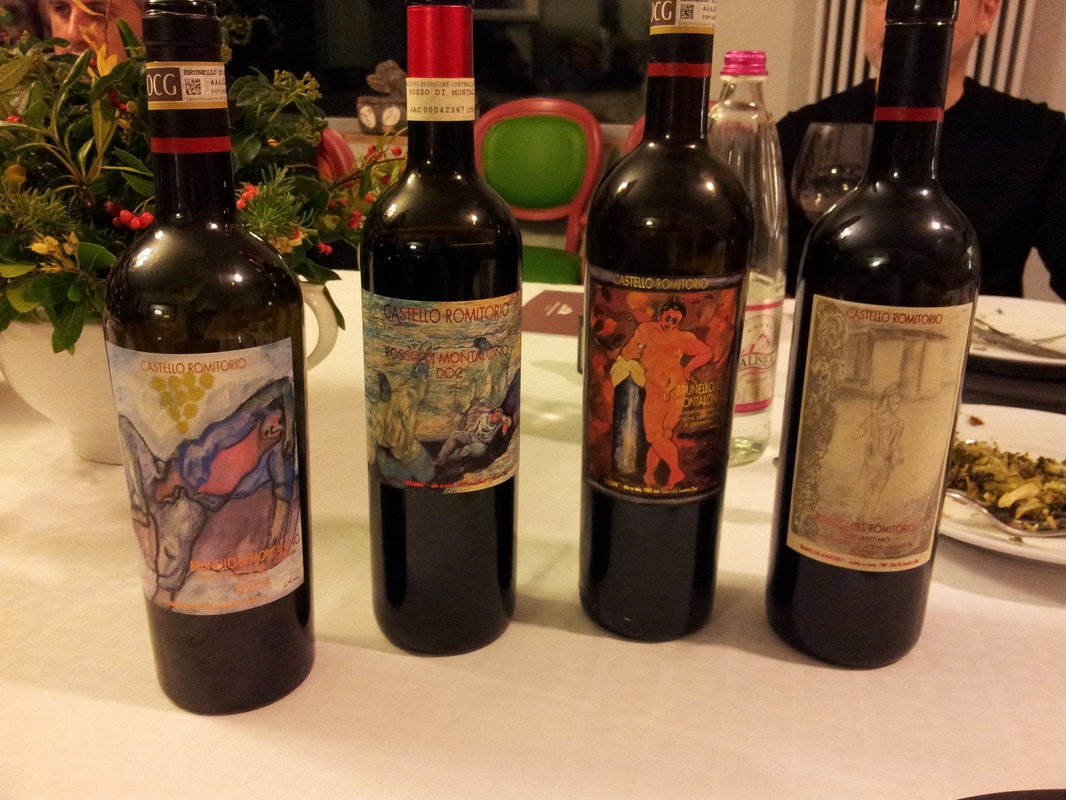

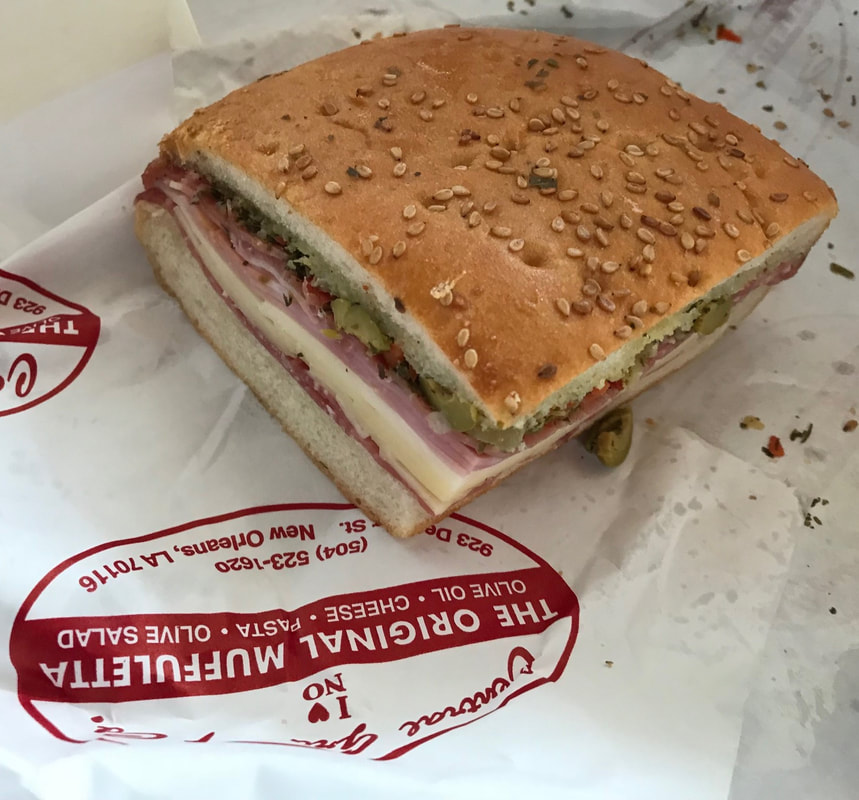
 RSS Feed
RSS Feed

